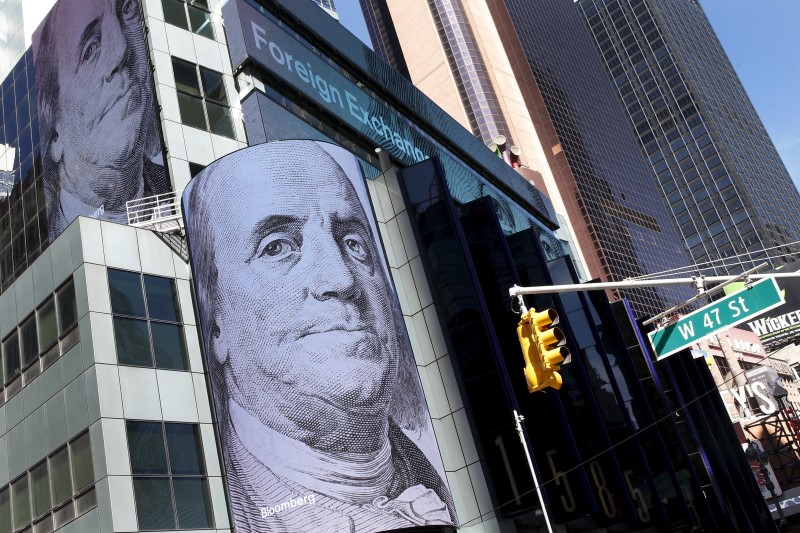(Bloomberg) -- Iran has nearly doubled its enrichment capacity dedicated to purifying uranium close to the levels required for nuclear weapons, signaling it won’t de-escalate its atomic activities before meeting again with world powers.
Inspectors verified on Aug. 15 that Iran introduced a second cascade of nuclear centrifuges to produced uranium enriched to 60% purity at a fuel plant in Natanz, the International Atomic Energy Agency said in reply to questions. The machines spin at supersonic speeds to separate the uranium isotopes needed to induce fission.
Iran had originally taken that added enrichment capacity off line in April, at the start of now-stalled negotiations to bring Washington back into the deal. Its 2015 agreement with world powers had capped the activity in exchange for sanctions relief, but former U.S. President Donald Trump’s 2018 withdrawal from the accord triggered Iranian breaches.
The negotiations in Vienna had originally been projected to restart in August but could now drag into next month. September is traditionally a key period for diplomats in the Austrian capital, with senior nuclear officials congregating for the IAEA’s quarterly board meeting and annual general conference beginning Sept. 13.
Earlier this month, Iran’s new president picked a hawkish Foreign Ministry veteran with close ties to the military elite as the nation’s top diplomat, underscoring the shift in power that’s clouding the resumption of talks. That could see Iran seek to drive a harder bargain over rolling back its rapidly expanding nuclear program in return for sanctions relief, and perhaps even topple the process.
The delay in resuming the talks has already put off Iran’s return to global oil markets beyond what many traders expected.
The U.S. called Iran’s continuing nuclear expansion “unconstructive and inconsistent” earlier this week after a separate IAEA report showed Tehran continuing to process uranium into metal fuel for a research reactor. While Iran says that activity will help eventually help supply its population with medical isotopes, some nonproliferation analysts are concerned it will also yield knowledge needed for making weapons.
Iran has always maintained that its nuclear program is for civilian uses, but concern in Western capitals and Israel over the potential for bomb-making helped to spur the 2015 deal.
Tehran said last month that it had more than tripled its stockpile of uranium enriched to 60% to 8.9 kilograms (19.6 pounds) from 2.4 kilograms in June. That’s just shy of the quantity of 90%-enriched material typically used in weapons.
